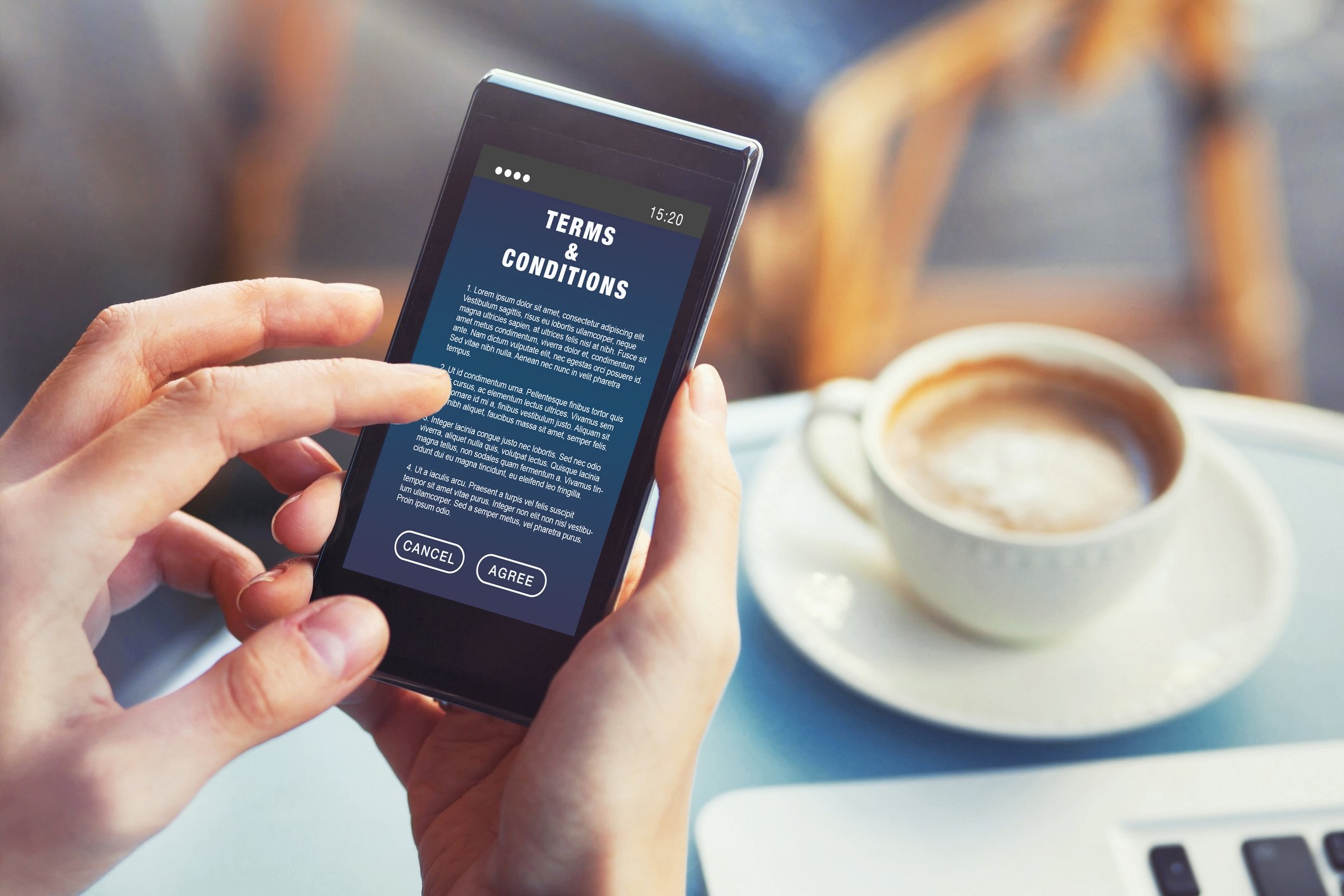Which customer should your loyalty program target?
Loyalty and incentive programs are a very powerful, adaptable and flexible tool. They work across many B2B and B2C industries including finance, retail, travel, high tech, manufacturing, medical and agriculture. They tend to be a defensive marketing strategy and used to protect against customer defection and to build ongoing behavioural loyalty.
Who should you target with your loyalty program?
Loyalty programs are not a band aid
One of biggest fallacies about loyalty and incentive marketing programs is that they will be a panacea for all your business challenges. When this is the belief there is a tendency to quickly launch a program targeting everyone with aspirational rewards and benefits. Customer acquisition is the primary goal but quickly turns to disillusionment when all those that have signed up fail to get engaged and reach the threshold of engagement.
One of the reasons for this disillusionment is that loyalty programs are designed to appeal to a certain segment of your customer base. In other words they are not applicable to everyone. They are designed for your most profitable (or potentially most profitable) and high value customers (the word frequent flyer gives a clue to the type of program participant).
What percent should you target?
As a general rule, between 55-65% of your customers should be targeted for your program. This comprises the top 20% in terms of value plus the next 35-45%, which represents the greatest potential. The remaining 35-45% should be left to your marketing and sales team to target via tactical promotions, as they are an occasional buyer. No matter what incentives you put in place these participants do not have the economic means, or opportunity or in the case of the firm, the ability to purchase from you in a meaningful way. Spending budget, human resources and time to try and target participants will result in negative returns.
Using frequent flyer programs as an example
If we were to use the well know frequent flyer program (something that most of us belong to) as an example, these programs were and still are designed for the frequent traveller – someone who spends a considerable time travelling and who can choose what airlines they would like to fly. They represent considerable value to the airline as they normally purchase flexible tickets, travel for work and their firm pays for the flights. Airlines quickly realized that targeting the infrequent traveller, who travels once or twice a year for their annual low cost holiday, is not the best use of their resources. Indeed if the incentive was so enticing the most that they would receive in behavioural loyalty would be two flights a year from this group– hardly an acceptable return on investment.
Like any marketing tactic, targeting and segmentation are just as important in loyalty programs - failure to consider these elements will diminish your program ROI.











